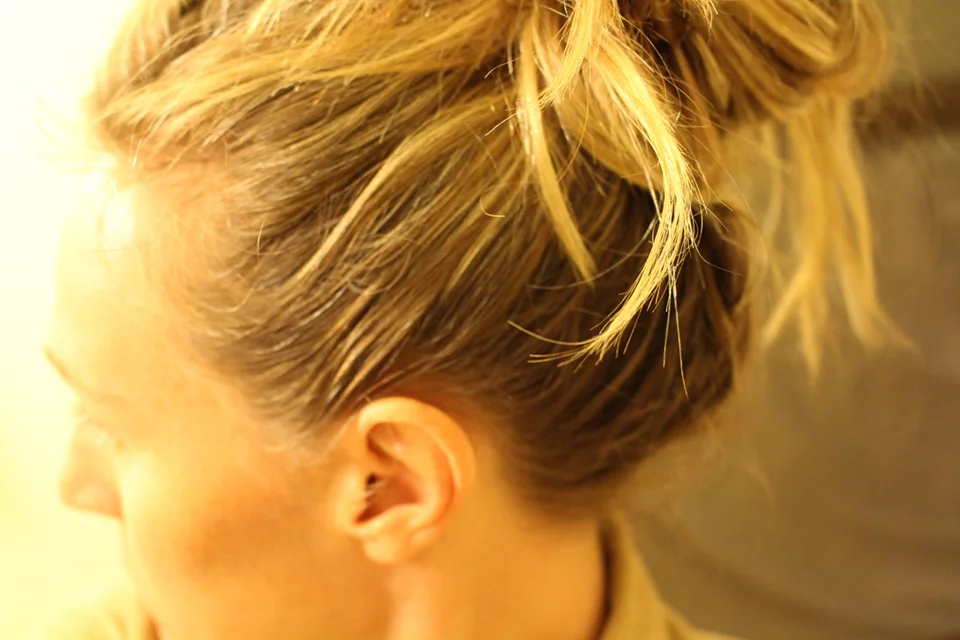BIO
J. Braman was born August 18, 1973 in New York City, and was raised in New England until moving at the age of 10 to Brazil, becoming the fourth generation of her family to live in South America and cultivate a bi-cultural lens. Having been raised with a mixture of English, Spanish, and Portuguese, she writes, “We find who and what we are, our origins, our limitations and our potential in the language we speak.” These influences can be found in the art as scraps of texts and the body in movement. The aesthetics and spiritual power of objects of the African Diaspora, Carnival, and Abstract Expressionism inform this visual exploration. Attending graduate school at John F Kennedy University’s MFA in Arts and Consciousness introduced the artist to Surrealism’s legacy of process-oriented techniques, and merged shamanic art making with her innate engagement of dance. In addition to her MFA, she also received a Certificate in Dream Studies from JFKU. She received her BA in Art History, with a concentration in Women’s Studies at Williams College.
California has since become home for its dynamic artistic and cultural communities, its access to vibrant Brazilian dance, and its wild coastline. She is fulltime faculty in Studio Art and Art History at Berkeley City College, in Berkeley, CA.
In addition to being an educator and artist, J. Braman is the mother of two bold and artistic daughters.
STATEMENT
“ ‘The carnival celebrates temporary liberation from the prevailing truth of the established order; it marks the suspension of all hierarchical rank, privileges, norms, prohibitions’ (Bahktin 1968; 10). It is ambivalent in nature, related to the underworld, to change, to revolution, and renewal.”
(Joanna Isaak, quoting Mikhail Bahktin, and discussing the carnivalesque as a feminist strategy in Feminism and Contemporary Art)
For 15 years, my work has sought to create a language of the body coming into being, a visual rupture of the personal and communal performance of our regular identities. My work (both the act and the resulting drawings) is a verbal and visual wearing of the thresholds between the sacred and the mundane, and relies on repetition, disclosure, accumulation, misinformation, and masquerade. It is a carnivalesque language of the body, and as such, it pushes the use of text, scale, refinement, and access, to track transitions - actions, impulses, reflections - across a boundary of self. I want to bypass the social intellect and empower another place from which to speak the fullness of our physical body into being. Mouth, ear, eye, knee speaking, yelling. Listening becomes drawing and drawing becomes speaking.
Drawing is writing. The process of drawing is an automatic call and response, a dialogue with my internal self. Each drawing is a very ripe engagement of the moment. I consider all my work - whether in pencil, pen, marker, mixed media, relief prints or cut paper - as drawings. The drawings are conglomerates of line and text, and all marks are made with my non-dominant left hand. I use my left hand because I am able to bypass the artistic training that makes my right-handed marks self-conscious. I already know what my right hand will tell me, but I cannot predict how the left hand will act, and the purpose of this work is to reveal the hidden, pushing against what I am allowed, what I know. Every mark is an act of radical presence.
The project of creating language and speaking is the project of birthing our own selves. We find who and what we are, our origins, our limitations and our potential in the language we speak. The aesthetics of the African Diaspora, Abstract Expressionism, and Carnival inform this visual exploration. Having been raised with a mixture of English, Spanish, and Portuguese, and a strong influence of Latin America on my family culture, I am keenly aware that the language one speaks alters one’s body and emotions - our relationship to the world changes according to the linguistic structure we utilize. The message is the messenger itself. The content is the form it takes. To live is to speak, and to speak is to continuously give birth to our essence.
This is no casual conversation. I wish to rupture the polite distance between the viewer, and the maker, to penetrate mundane experience with word, line, and shape. To refresh, revitalize, crack open, cut to the heart of what is now.
